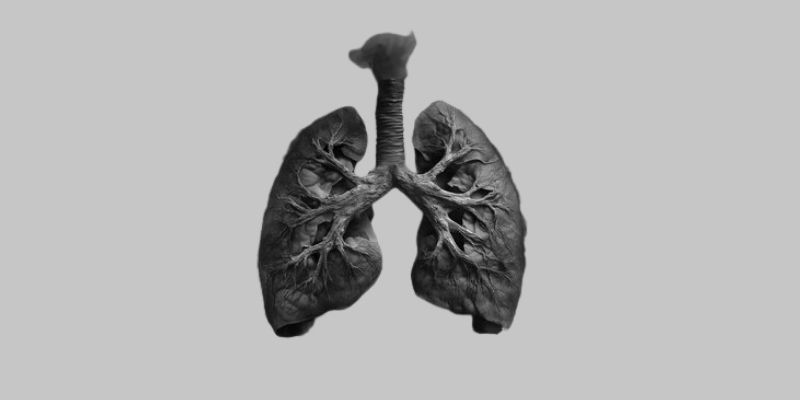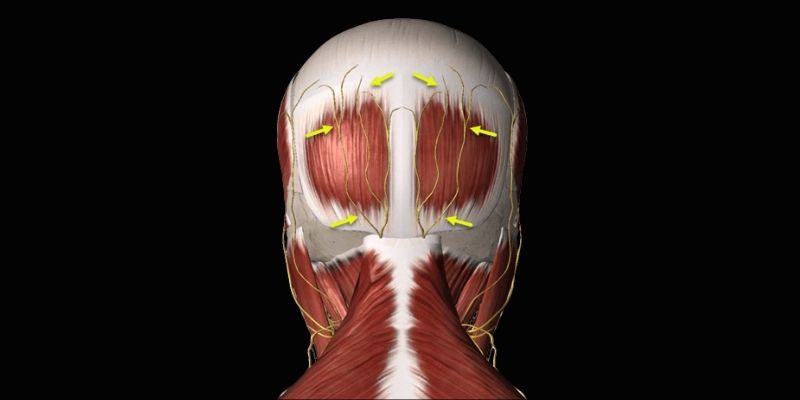Pneumoconiosis is a lung condition caused by inhaling hazardous dust in the workplace. It primarily affects individuals exposed to silica, coal, or asbestos particles. These fine particles settle in the lungs, causing long-term damage. Those who labor in factories, building sites, or mines are particularly vulnerable. The condition leads to coughing, lung scarring, inflammation, and breathing difficulties. Understanding the different forms of pneumoconiosis can aid in early detection and prevention.
Preventing occupational lung diseases starts with knowing their sources and reducing exposure. Early diagnosis helps to raise the quality of life. Proper safety procedures are essential. This article will explore the main types of pneumoconiosis, common symptoms, and prevention strategies. Knowing the several forms of pneumoconiosis sickness lowers risk. For at-risk employees, it can also direct better working conditions.

Types of Pneumoconiosis and Their Health Impact
Pneumoconiosis includes several lung conditions caused by inhaling hazardous workplace dust. Each type has unique causes, symptoms, and risks. Understanding them helps manage the disease and supports the prevention of occupational lung diseases.
Coal Workers’ Pneumoconiosis
Coal workers’ pneumoconiosis, also known as “black lung,” results from long-term inhalation of coal dust. Coal dust particles damage the lungs and gather there. The scarring causes dyspnea and compromises lung capacity. Among the symptoms include persistent coughing, dyspnea, and chest tightness. Usually, the situation gets worse with time. In severe forms, the lungs lose their capacity to absorb sufficient oxygen. Those who operate in coal mines run the greatest danger. The illness could show up with prolonged exposure without appropriate defense. The best defense is the avoidance of coal dust exposure. Following occupational safety regulations and wearing protective gear help to reduce danger. Early diagnosis depends on regular health exams. Companies in mining sites have to guarantee air quality. Knowledge of the several forms of pneumoconiosis disease can aid in lowering black lung incidence. Furthermore, improved dust control systems are very important. Early response reduces the lung harm coal dust can inflict.
Silicosis:
Breathing in fine silica dust particles for extended lengths causes silicosis. Sand, rocks, and quartz all contain silica. Jobs like mining, sandblasting, and building all call for it. Little silica particles lodge in the lungs and, over time, produce scarring. Lung tightness and breathing problems follow from the scarring. Individuals may experience fatigue, shortness of breath (dyspnea), or a persistent cough. Symptoms often appear years after initial exposure. Symptoms might not start years after exposure. Severe levels of silicosis can result in handicap or perhaps death. Employees should use water sprays to cut dust and don masks. Good air filters and ventilation aids to guard workers. Better workplace safety starts with the prevention of occupational lung illnesses. Regular doctor visits also find early issues. The key is to understand the reasons for lung scarring problems. Early on, actions can stop or slow down the disease. Reducing silica dust exposure calls for health education.
Asbestosis
Extended contact with asbestos fibers causes asbestosis. Asbestos was once common in insulation, roofing, and cement. Asbestos causes small fibers to float into the air when disturbed. Breathing in such fibers causes inflammation of the lungs and lifelong scarring. The impairment limits lung capability with time. Symptoms include coughing, difficulty breathing, and chest pain. Those working in construction, shipbuilding, or historic demolition are the most dangerous. After first contact, asbestosis may not manifest itself for decades. Once symptoms begin, they usually get gradually worse. Although asbestos is now in minimal use, older buildings still carry hazards. Businesses handling asbestos must adhere to rigorous safety guidelines. Employees should dress in protective gear, including masks. The best approach to stop the disease is to avoid contact with asbestos. Correct diagnosis depends on knowledge of the several forms of pneumoconiosis sickness. Timely medical treatment enhances the result. Training and clear legislation helps to lower risks in relevant sectors.

Berylliosis
The lung condition known as berylliosis results from beryllium, a metal used in electronics and aircraft. During production, workers breathe beryllium dust or fumes. The body responds by developing tiny lumps, or granulomas, in the lungs. These granulomas aggravate lung rigidity and inflammation. The symptoms include weight loss, coughing, tiredness, and chest discomfort. Others get chronic beryllium disease, which gets worse over time. Not everyone exposed will become unwell. Genetic factors also influence susceptibility. Prevention can call for personal protection clothing, correct ventilation, and enclosed tools. Frequent testing makes early problem discovery possible. Companies have to follow exposure limits and track air quality. Training clarifies hazards for employees. One must be aware of the causes of lung scarring. Staying safe mostly depends on avoiding exposure. Government rules help to foster sensible behavior. Medical evaluations should go on long after exposure stops. Effective workplace rules guard against long-term lung damage to employees.
Siderosis and Other Rare Types
Usually from welding or metal processing, breathing in iron dust causes siderosis. Though generally considered mild, it can still affect lung function. Employees could have coughing or problems breathing. X-rays reveal lung spots, but many do not feel sick. Exposure can gradually deteriorate lung conditions. Additional rare forms include baritosis from barium dust and stannosis from tin dust. Usually less dangerous, these disorders nonetheless require monitoring. Though usually minor, symptoms may become severe with great exposure. Good ventilation and safe procedures will help companies lower dust levels. Personal protection is still absolutely vital. Workers have to be informed about the hazards. Employers and healthcare professionals should consider even the rare forms of pneumoconiosis. Frequent medical visits enable early identification of indications. One reduces the risk by avoiding prolonged exposure. Every kind of dust carries certain hazards. Knowing these variances helps create safer workplaces. Stricter dust management rules help prevent rare lung disorders from becoming major health hazards.
Conclusion:
Understanding the types of pneumoconiosis disease helps workers stay informed and safe. Understanding the causes of lung scarring and how to prevent occupational lung disease helps protect long-term health. Essential are early detection, frequent medical visits, and appropriate safety gear. Businesses and employees have to cooperate to provide better surroundings free from hazards. Long-term health results change depending on how one manages exposure and follows tight safety guidelines.












